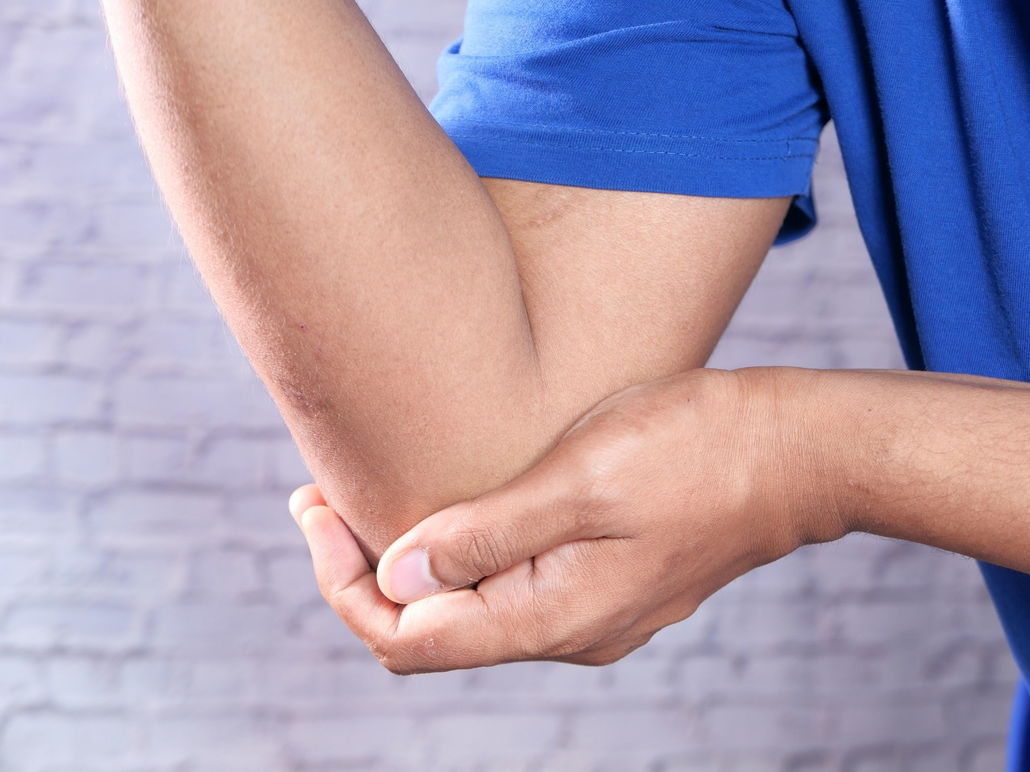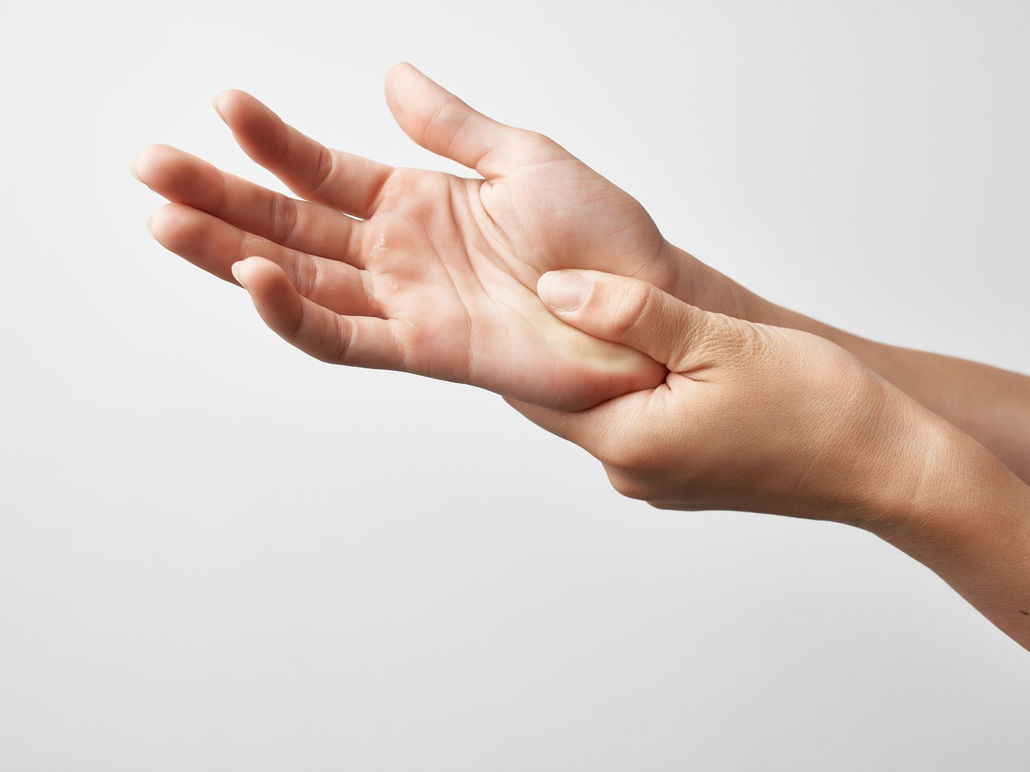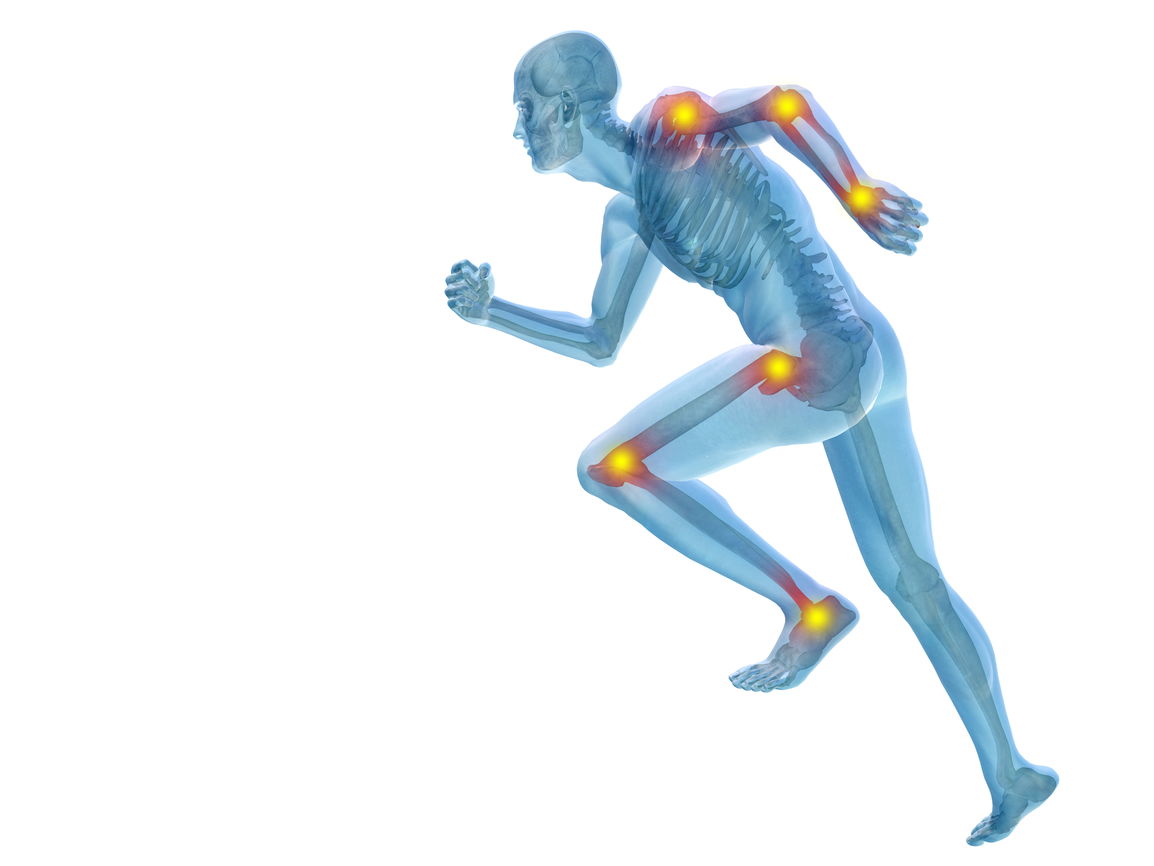Orthopedic Regenerative Therapy
Regenerative therapy for orthopedic conditions has been used throughout the world with great success. With increasing research showing benefits amongst a variety of orthopedic conditions. While still considered an experimental modality for injuries and degenerative conditions of the musculoskeletal system, the research for its benefits is exciting. Unlike traditional methods such as surgery, cellular therapies use the body’s own natural healing mechanisms to repair damaged tissue. These therapies may provide a new alternative for patients who are seeking to avoid surgery or who have failed to respond to other conservative treatments. This minimally invasive procedure involves injecting regenerative cells into the affected area, where they can differentiate into the specialized cells needed to repair the damage. In injuries, this can lead to rapid healing and reduced pain and inflammation. As a result, this innovative treatment offers a safe and effective alternative for many patients.
Knee
Regenerative therapy for knees
Non-surgical treatments for knee pain that rely on regenerative therapies have shown promising results in recent years. These include cellular changes and tissue repair, which have the ability to improve mobility and reduce pain, which would lead to a more active lifestyle as one ages. Cartilage damage is the leading cause for knee replacement surgery. Unlike traditional treatments that simply manage pain or temporarily repair damage, based on the research regenerative therapy has the potential to repair the underlying damage, and may provide a lasting alternative that results in an improved quality of life with little-to-no recovery time!
Knee conditions and injuries:
- Chronic Knee Pain/Instability
- Knee Arthritis
- Decreased range of motion
- Cracking/Popping
- Torn ligaments such as ACL, MCL, LCL
- Torn Meniscus
Back

Regenerative therapy for back pain
Back pain is a common issue that can severely limit one’s quality of life. Millions of Americans suffer from back pain. The most common type of back pain is lower back pain, which can be caused by a variety of factors. For some people, lower back pain is the result of an injury, such as playing sports or exercising. Others may experience back pain due to medical conditions like arthritis, scoliosis, spinal stenosis, piriformis syndrome, or sciatica.
Degenerative Disk Disease is another common cause of back pain, and it occurs when the discs that cushioned your vertebrae begin to break down. The discs act as shock absorbers, and when they degenerate, they can no longer do their job properly. This can lead to pain, stiffness, and loss of mobility.
Spinal Stenosis is the medical condition that results when the spinal canal narrows, and it can cause low back pain.
Disc herniation is a condition caused by the displacement of the soft inner core of the intervertebral disc. This can happen due to a sudden injury, repetitive strain, or the natural aging process. When the disc is herniated, its contents may bulge out and put pressure on the surrounding nerves. This can cause severe pain in the low back, as well as numbness, tingling, and muscle weakness.
The research is suggesting regenerative therapy is effective. With studies showing improvement in individuals with DDD. The mesenchymal stem cells (MSCs) used in these regenerative treatments have the capacity to develop into the kind of cell needed to repair the disc. Regenerative cells may help self-renew & rebuild the tissue once injected and may also reduce pain by acting as an anti-inflammatory on damaged tissue. Regenerative therapy is a new and promising treatment for back pain that offers a non-surgical option for repair and restoration.
How it works:
The therapy involves injecting regenerative cells into the damaged area of the spine. These injections are frequently done with the aid of fluoroscopy in order to ensure proper alignment and position within the spine. This is done so the injection goes where it is needed most. Fluoroscopy is a continuous X-ray that shows the images on a monitor.
Shoulder
Regenerative therapy for shoulders
Most people experience shoulder pain at some point in their lives. The cause of shoulder discomfort can vary from direct injuries to degenerative conditions, but one thing’s for sure-you’ll know when it’s causing you trouble. The shoulder is a complex joint made up of tendons, muscles, and ligaments that allow for a wide range of motion. However, this flexibility also makes the shoulder susceptible to overuse injuries. The rotator cuff is a group of muscles and tendons that stabilizes the shoulder joint. Tears in these tendons are a common source of shoulder pain. Non-surgical regenerative therapy may provide an opportunity to repair and restore shoulder function without the need for surgery. Regenerative therapy has been used to help repair these tears, restoring the shoulder to its normal form & function. In addition, regenerative therapy may also be used to treat other sources of shoulder pain, such as arthritis. With research showing its promising ability to repair and restore damaged tissue, regenerative therapy offers new hope for those suffering from shoulder pain.
Rotator cuff tears
Rotator Cuff Tears and Non-surgical Regenerative Medicine Injections
Symptoms include:
- Weakness lifting the arm
- Impaired range of motion
- Pain or aches in the shoulder
- Cracking sound when you move the shoulder
Normal recovery time could take 4-6 months or longer. However, for people looking for alternative options to avoid surgery, regenerative cells may offer a great and effective route. This has been shown in many cases to help speed up the recovery time and improve shoulder function.

Elbow
Regenerative therapy for elbow pain
Elbows are the most important joints in our bodies because they allow us to do so much. Elbow injuries are not only common in athletes but also among the general population due to repetitive use and activities like pushing or throwing things, lifting heavy objects and other active activities. We use our elbows for many things. Chronic elbow pain is a common problem that can be caused by a variety of conditions, including tennis elbow and golfer’s elbow. This pain can be a debilitating condition that significantly impacts a person’s quality of life. Unfortunately, arthritis, olecranon bursitis, and osteoarthritis are all common causes of chronic elbow pain. While there are many treatment options available, regenerative therapy is emerging as a promising new option for relief. Regenerative therapy involves injecting healthy regenerative cells into the affected area to help promote healing and restoration. As a result, while still experimental, regenerative therapy is an increasingly popular treatment option for elbow pain.
Hip
Regenerative therapy for hips
For seniors, hip pain can be a big problem. Women are particularly susceptible to this type of pain, and the number of hip replacements has increased each year in America. This is because so many people have trouble with their joints the older they get from wear and tear. There are many different causes of hip pain, including degeneration of the hip joint, injury, and/or arthritis. This degeneration occurs when the cartilage that cushions the joints breaks down, causing the bones to rub against each other. This can lead to inflammation, stiffness, and tenderness. However, there are ways to help to prevent further degeneration without surgery. Regenerative therapy may help to repair the damage caused by degeneration and can improve joint function. It is a non-surgical and minimally invasive procedure that may provide relief from common hip injuries and pain.
/*This is because so many people have trouble with their joints the older they get from wear and tear. There are many different causes of hip pain, including degeneration of the hip joint, injury, and/or arthritis. This degeneration occurs when the cartilage that cushions the joints breaks down, causing the bones to rub against each other. This can lead to inflammation, stiffness, and tenderness. However, there are ways to help to prevent further degeneration without surgery. Regenerative therapy therapy may help to repair the damage caused by degeneration and can improve joint function. It is a non-surgical and minimally invasive procedure that may provide relief from common hip injuries and pain.
*/

Foot and Ankle
Regenerative therapy for foot and ankle
Foot and ankle pain can be severe, preventing you from performing even the simplest tasks like walking or standing. Foot and ankle pain can stem from a variety of causes, ranging from arthritis to neuropathy to injuries. In many cases, traditional treatments such as medication or surgery can be ineffective, or even exacerbate the problem. Whether you are dealing with arthritis, tendonitis, or another condition, our non-surgical therapy can help.
Traditional treatments, such as surgery or medication, can be invasive and often only provide temporary relief. However, at our clinic, we offer non-invasive regenerative treatments that can help to repair the damage and relieve the pain. Regenerative therapy may also help to speed up the recovery process following an injury. As a result, regenerative therapy has the potential to offer an effective solution for those suffering from foot and ankle pain.
Other Common Orthopedic Conditions
Regenerative Therapy for Hand Pain
Regenerative Therapy for Wrist Pain
The pain in your hands and wrists can make daily tasks very difficult. Things like typing, opening or even holding things can seem impossible and frustrating.
Causes of hand and wrist pain:
- Arthritis
- Osteoarthritis
- Tendonitis
- Carpal tunnel syndrome
- Injury
Regenerative therapy is an innovative experimental approach that may take advantage of the body’s natural healing process to help treat a wide range of diseases. The procedure has minimal recovery time that involves injections into one’s hands or wrists. The procedure takes less than 1 hour to perform and patients can resume light to normal activity.


